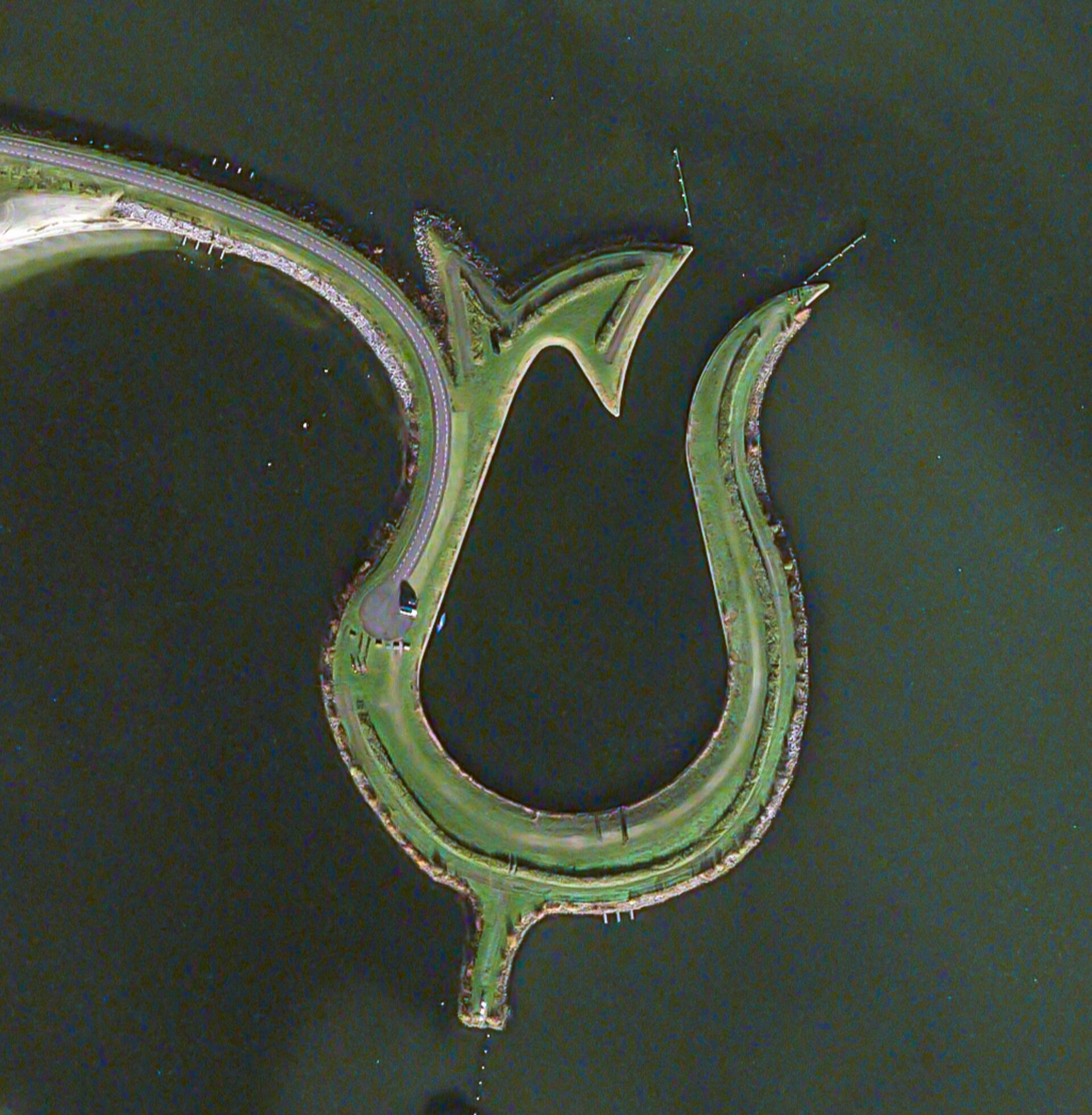ESA detects four-leaf clovers from space
ESA is excited to announce a revolutionary new technology that could bring luck to people all over the world: four-leaf clover detection from space.
The project, named LCP⁴ (Lucky Clover Project quadrupled), utilises state-of-the-art satellite technology combined with artificial intelligence, machine learning and quantum computing to create a new breakthrough algorithm able to detect four-leaf clovers from space.
The team has focused their attention on the island of Amadan, pictured here in the Atlantic Ocean, which hosts the largest field of four-leaf clovers in the world. The team currently has an 83% successful detection rate, confirmed by in situ measurements.
In the scientific community, there is no consensus about what causes certain three-leaved clovers to evolve into their lucky versions. Some studies have seen a correlation between soil moisture and their appearance, while more recent studies connect it with fluctuations in Earth’s magnetic field.
Dr Fortunato Quadrifoglio, the team's principal investigator, commented, “Our system can also predict where four-leaf clovers are likely to grow in the future, so you’ll always know where to find your next lucky charm.”
Irma Onlyavenu, a graduate trainee in the LCP⁴ team, said, "It is quite exciting to be working on other lucky symbol detection including horseshoes, ladybirds, gatherings of black cats and pots of gold at the ends of rainbows."
For more information
Please note this is is an April Fool’s Day joke. The technology mentioned above is not real and any similarities to actual technology is purely coincidental. For real technology updates and scientific facts, visit Earth observation.


